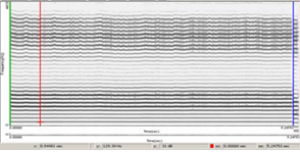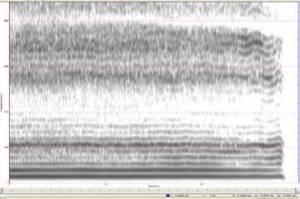Table of Contents
Optimum audio quality
A term introduced by Froeschels in 1943, it consists of a number of guidelines to teach us how to take care of our voice in order to prevent voice disorders, quite common in people who use their voice for professional purposes. These are tailor-made programmes, focused on reviewing the harmful habits and customs and try to change or reduce them to obtain a healthy and comfortable conversational and professional voice. Hygiene standards should focus on: (a) Changes in lifestyle and habits (toxic, diet, stress, rest, hydration, etc.); (b) environmental changes (temperature changes, dry and noisy environments, etc.); and © reduction of vocal misuse and abuse (postural control, breathing and articulation; cough, throat clearing, whispering, etc.).
References
Deliyski, D. D., Shaw, H. S., y Evans, M. K. (2005). Adverse effects of environmental noise on acoustic voice quality measurements. Journal of Voice, 19, 15-28.
Miyara, F. (2006). Acústica y sistemas de sonido. Argentina: Universidad Nacional de Rosario
Multimedia
Pictures

Figure 1. Narrow-band spectrogram of the sustained vowel /a/. There is a harmonics ratio higher than the signal noise. The horizontal lines represent the harmonics and the dark parts between the harmonics represent noise. This is good quality signal.

Figure 2. Narrow-band spectrogram of the sustained vowel /a/. There is a higher noise ratio than the harmonics. The horizontal lines represent the harmonics of the signal, and the dark parts represent noise. This is poor quality signal.